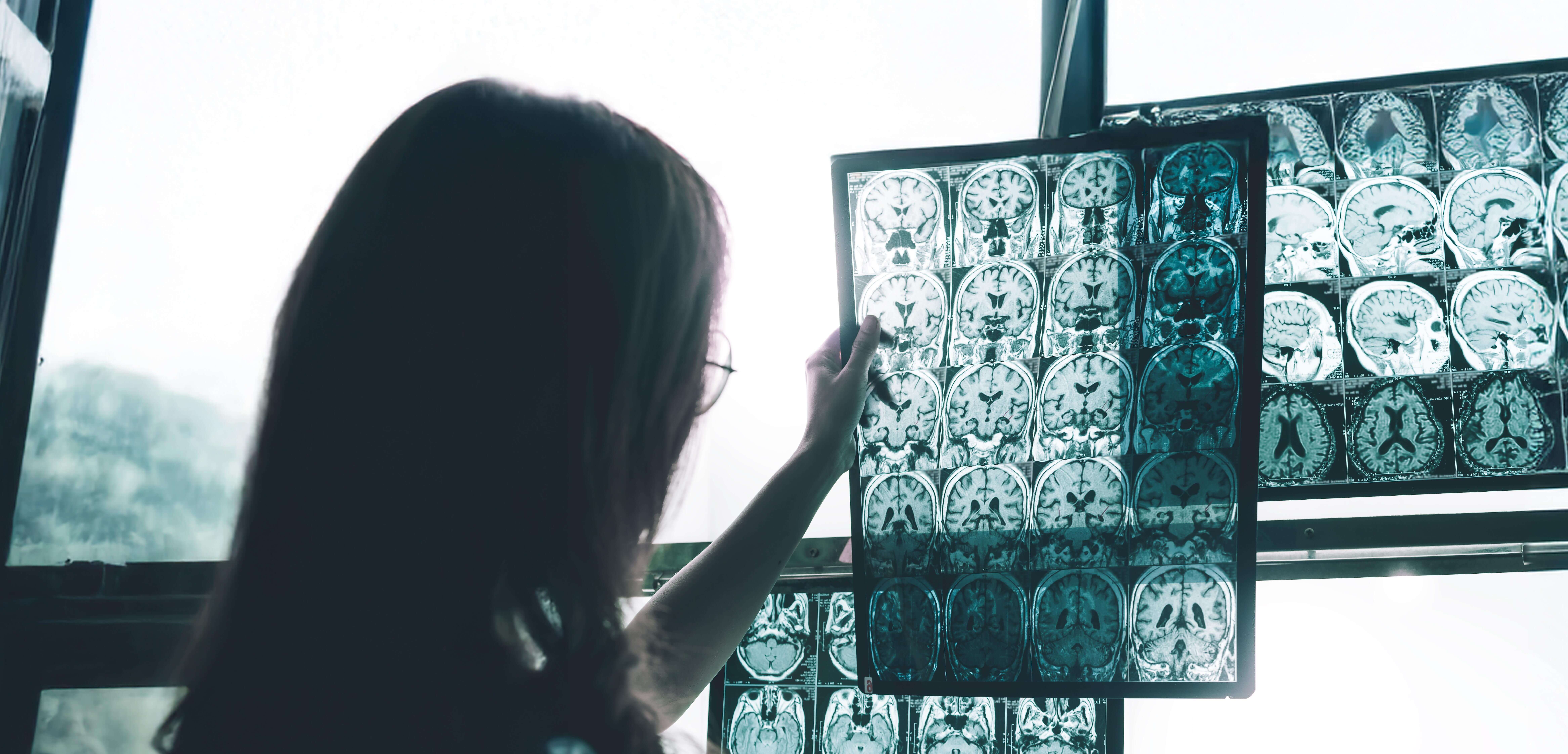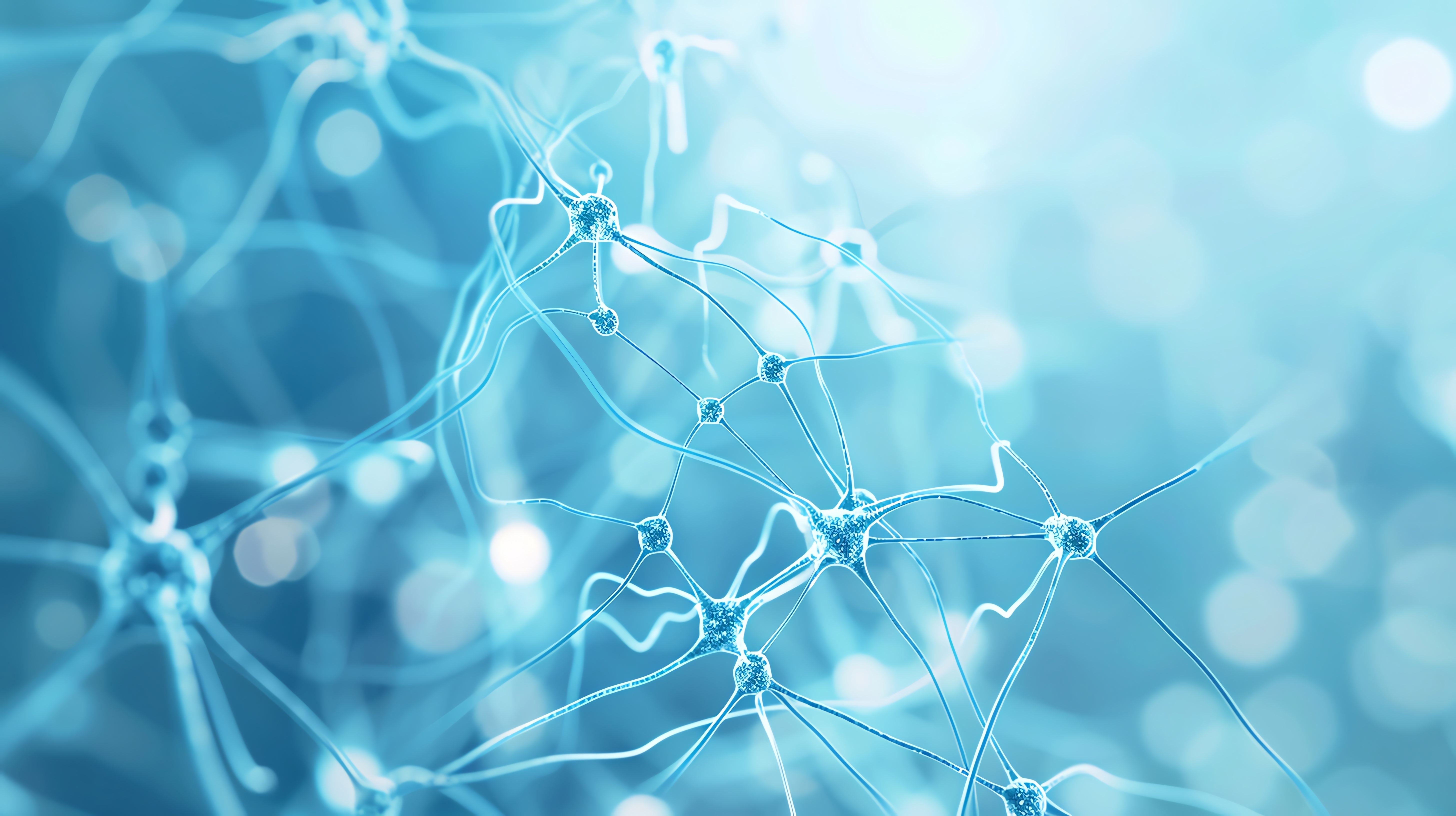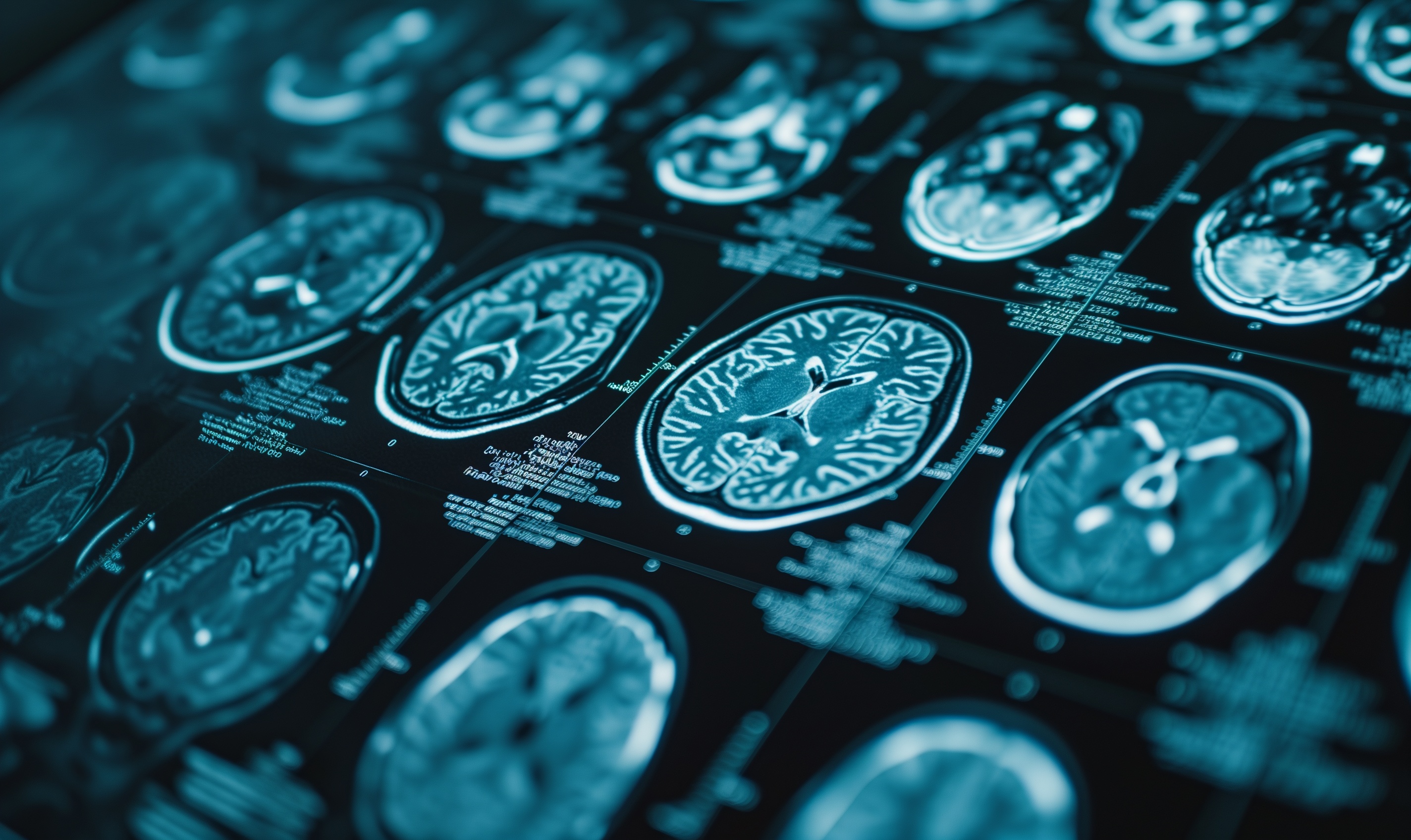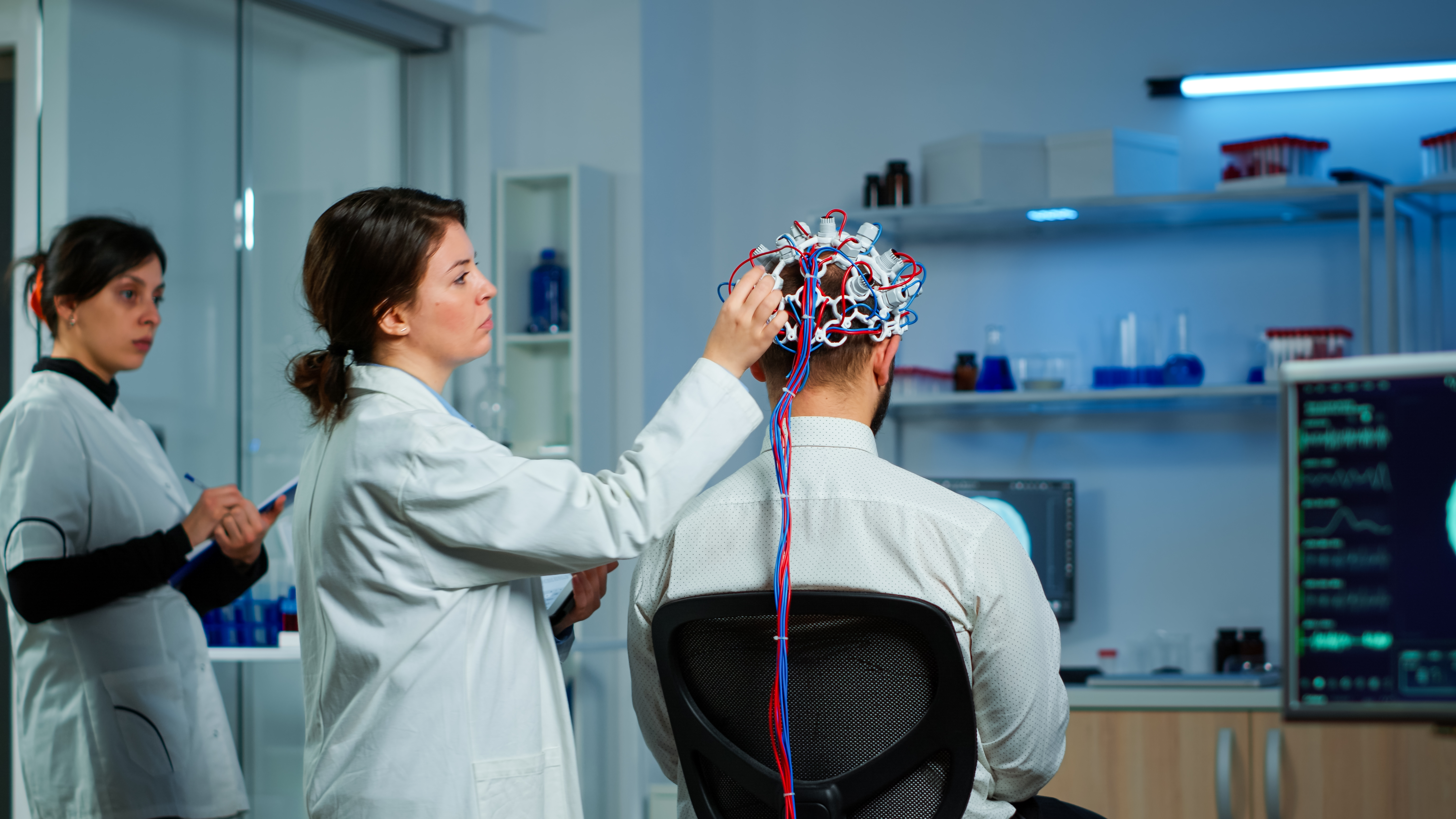IMAGING BIOMARKERS
Advancing Diagnostics with braing Imaging Techniques
We aim to study the patterns of brain connectivity in brain disorders and development of predictive analytical solutions using Magnetic Resonance Imaging, next generation biomarkers and the design Artificial Intelligence-based tools.
Our research lines include:
We want to explore the potential of applying multidimensional data analysis over brain connectivity networks using the latest advances in graph theory to enhance our understanding of brain mechanism complexity. Our aim is to combine the morphological, structural and functional information of brain connectivity in order to define a new multi-layer network, which can be used to analyze all information at once by using graph-mining techniques.
The main objective of this project is to design a new database system able to accept images as part of the query. This change will introduce a revolution in the way that clinicians analyze and diagnose images and patients. Moreover, the outcome of this project goes beyond medical imaging, and it could be applied in other clinical disciplines, like dermatology for identifying skin disease, and it is a solution that can be translated to other environments. Latest advances in data science will allow us to build an efficient retrieval system for clinical images containing multiple pathologies using shape, texture, edge histogram features and abnormalities detection. All these features, among many others, could be very relevant to look for similar images in the database.
A number of studies have already shown that magnetic resonance imaging (MRI) can be used to measure biophysically meaningful features, i.e. quantitative metrics that can be associated with brain tissue characteristics, which are showing a clear dependency on age and pathology. There is a pressing need to explain the largely explored brain tissues in terms of imaging biomarkers. Our goal is to help to address this problem, thanks to the availability of specific MRI software and a uniquely placed team of multidisciplinary experts in image analysis and computational modeling, essential for the intended development of new image-based measurements.
Individuals with mental health disorders, such as depression, show specific brain differences compared to healthy individuals. In collaboration with Dr. Joan Camprodon (Laboratory for Neuropsychiatry and Neuromodulation, Massachusetts General Hospital), we try to characterize those differences in order to offer better therapeutic approaches based on non-invasive brain stimulation. In particular, we are studying the differences in connectivity between the nucleus accumbens and the subgenual cingulate cortex and its relationship with symptomatology. And, also, the brain connectivity of the limbic regions, the changes produced by brain stimulation treatments and its relationship with the patients’ symptoms.




